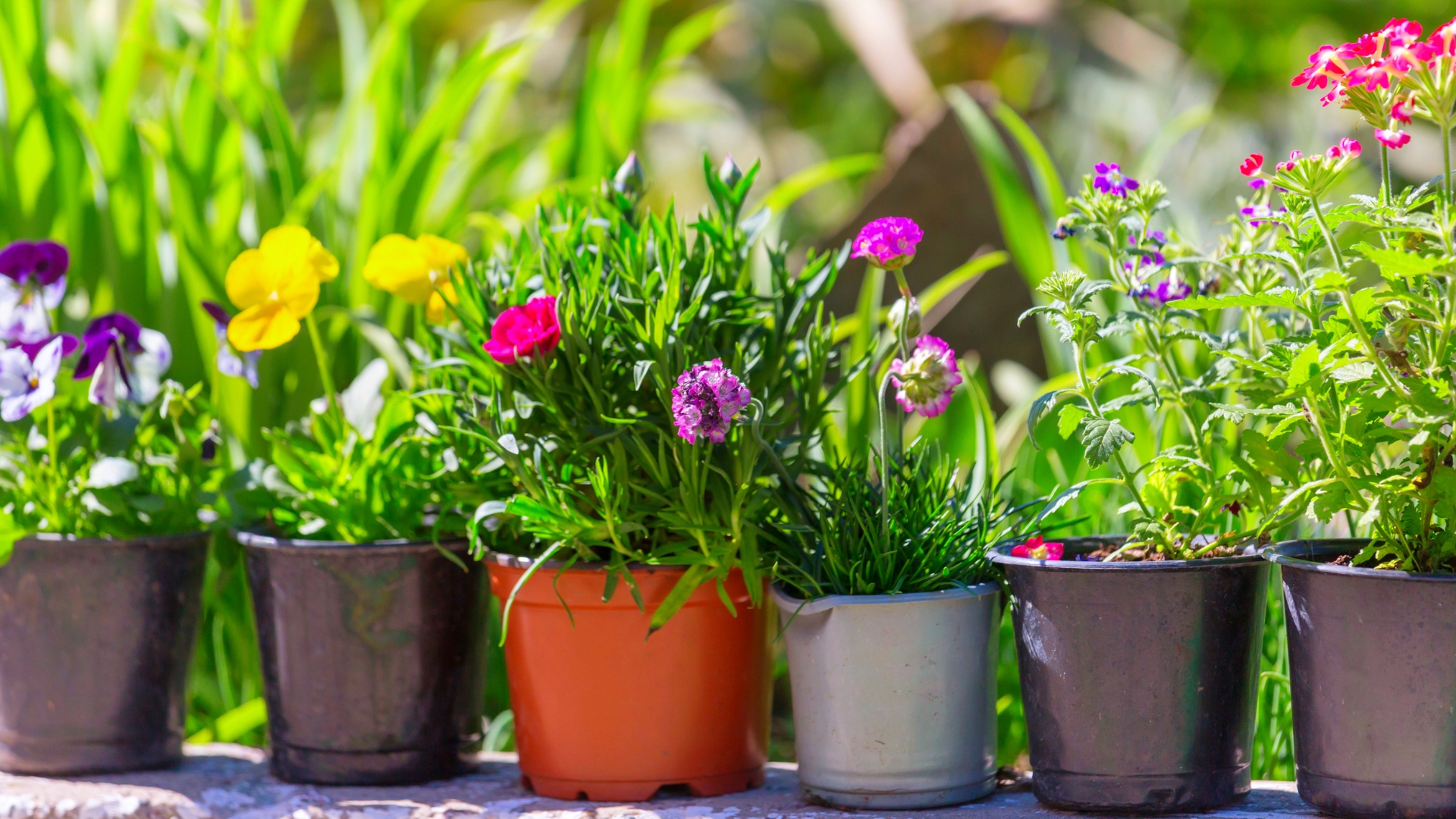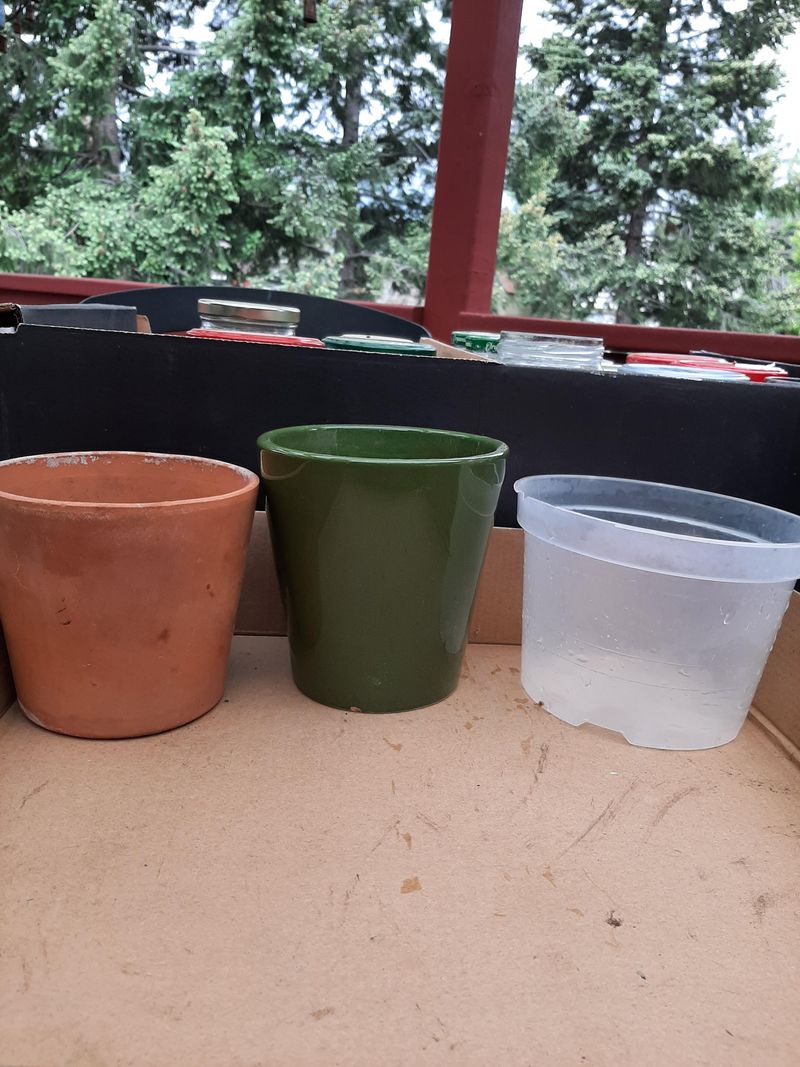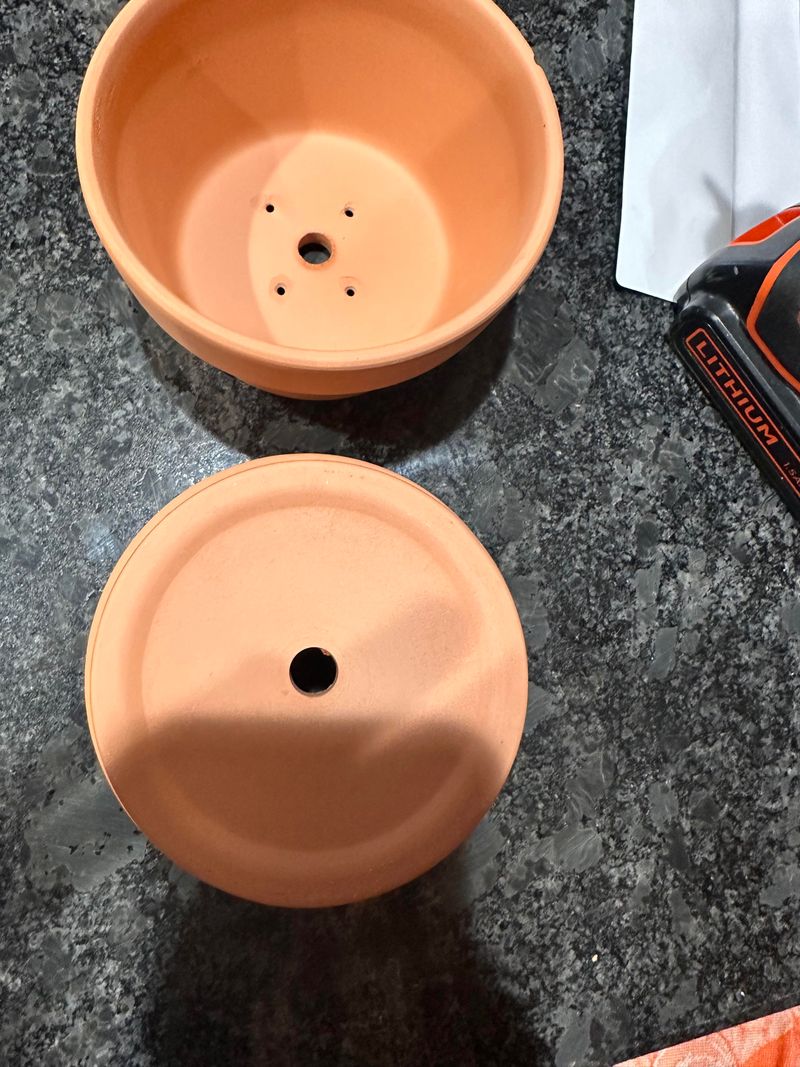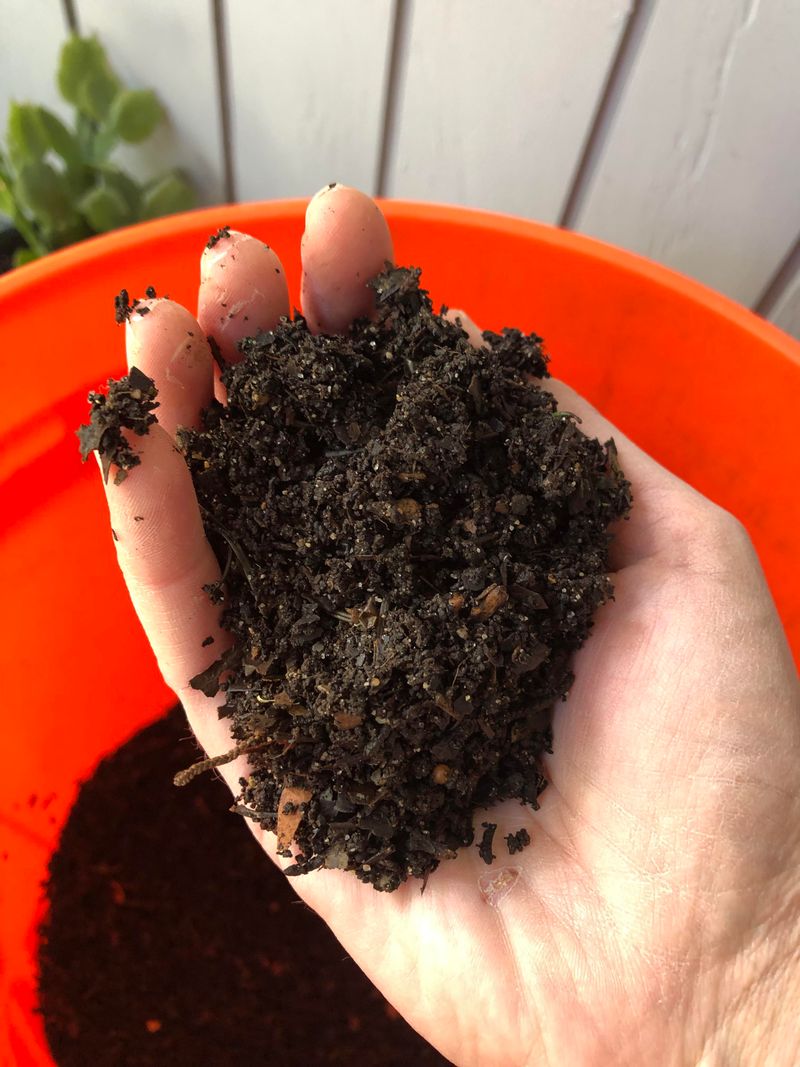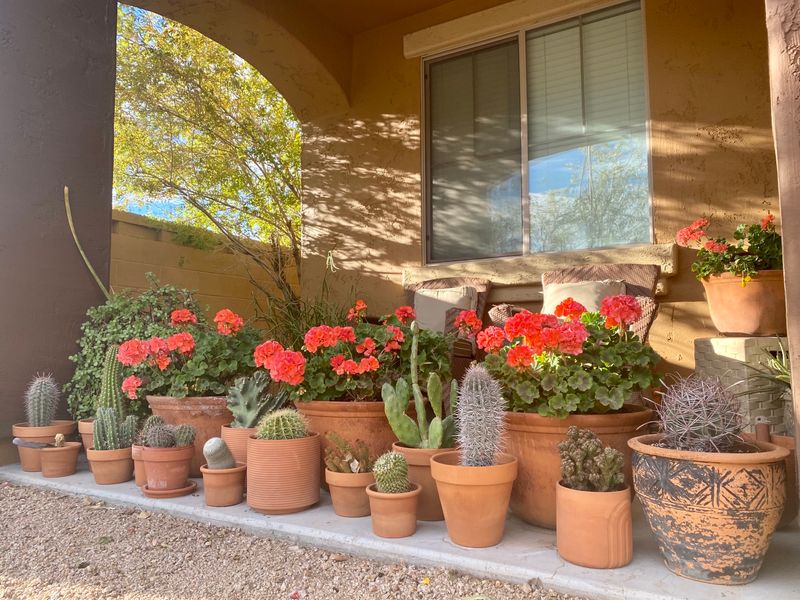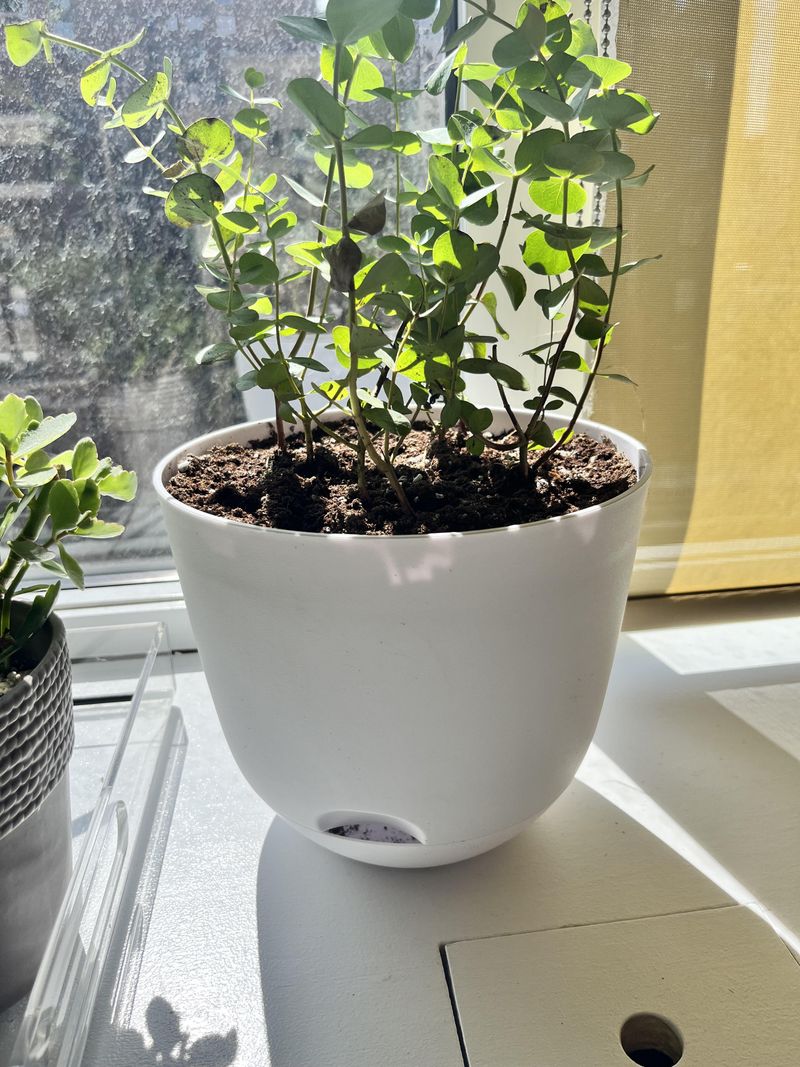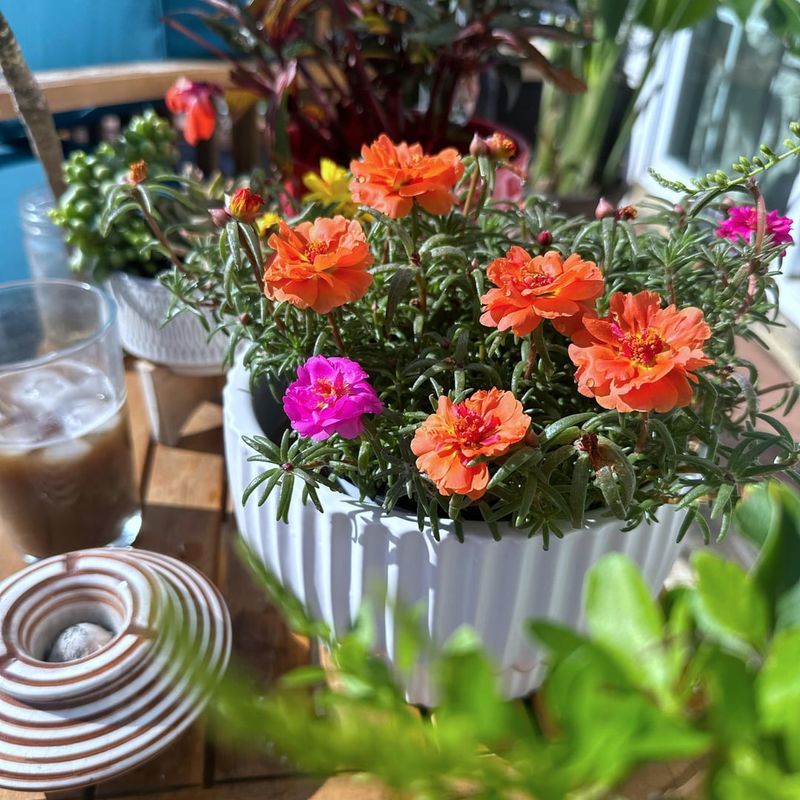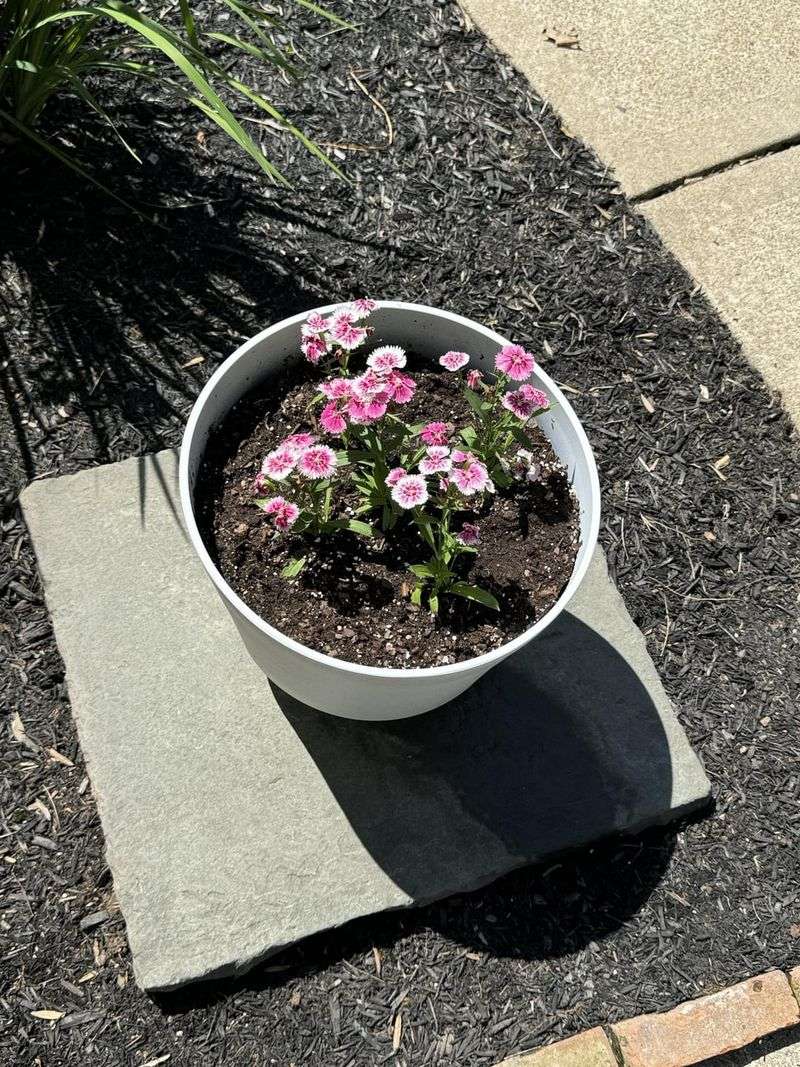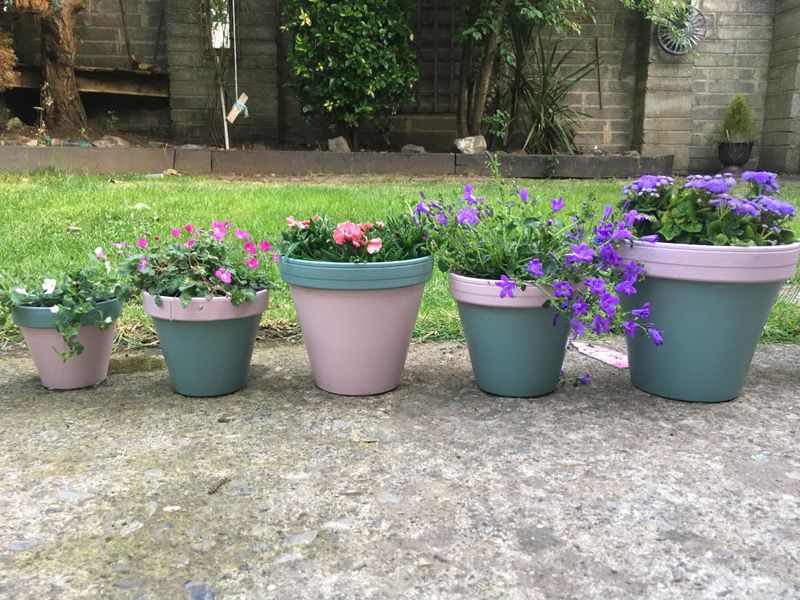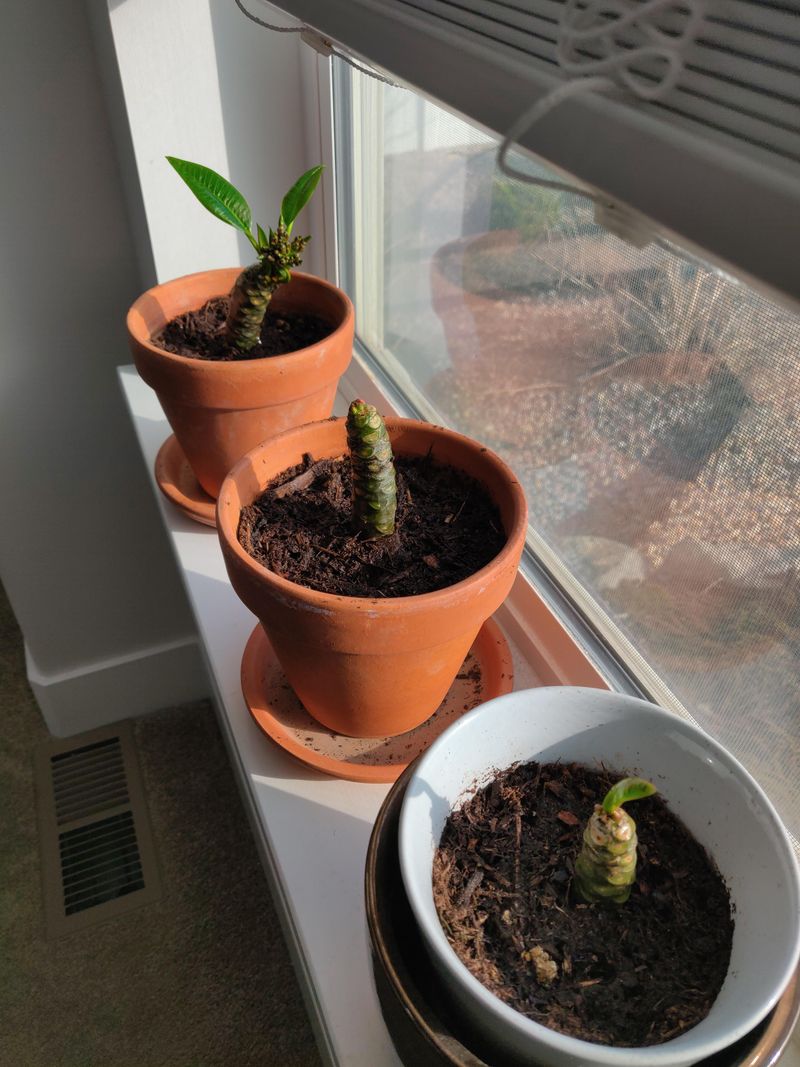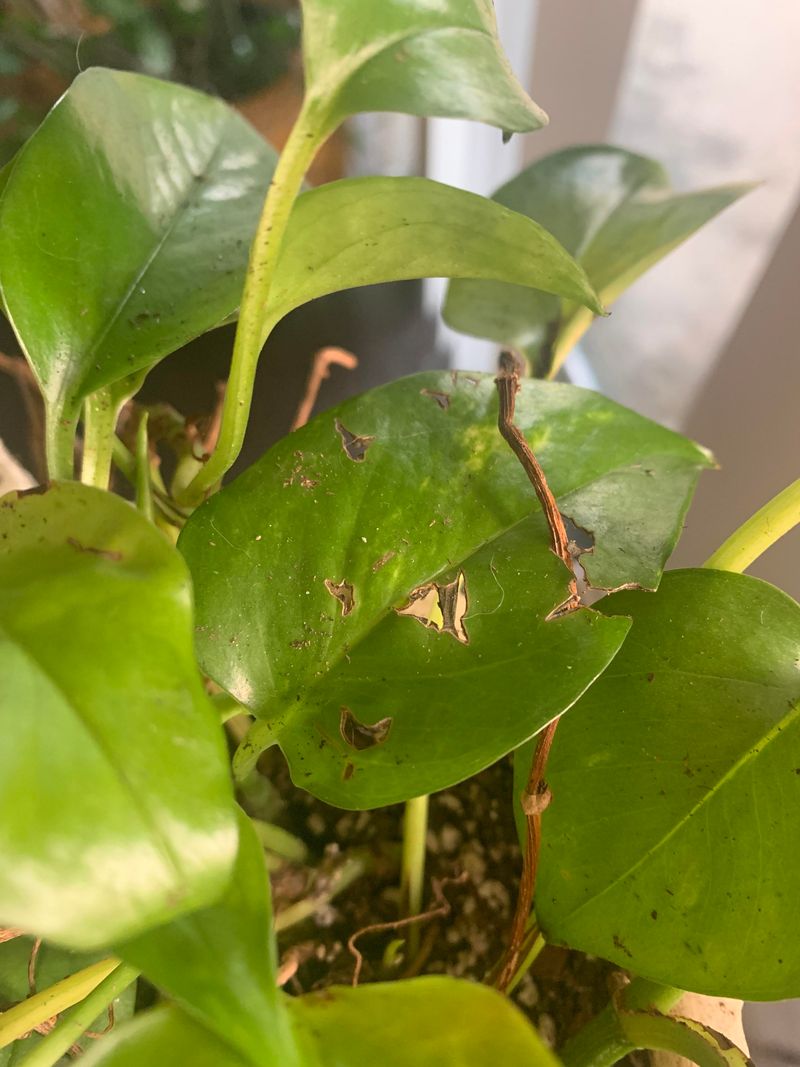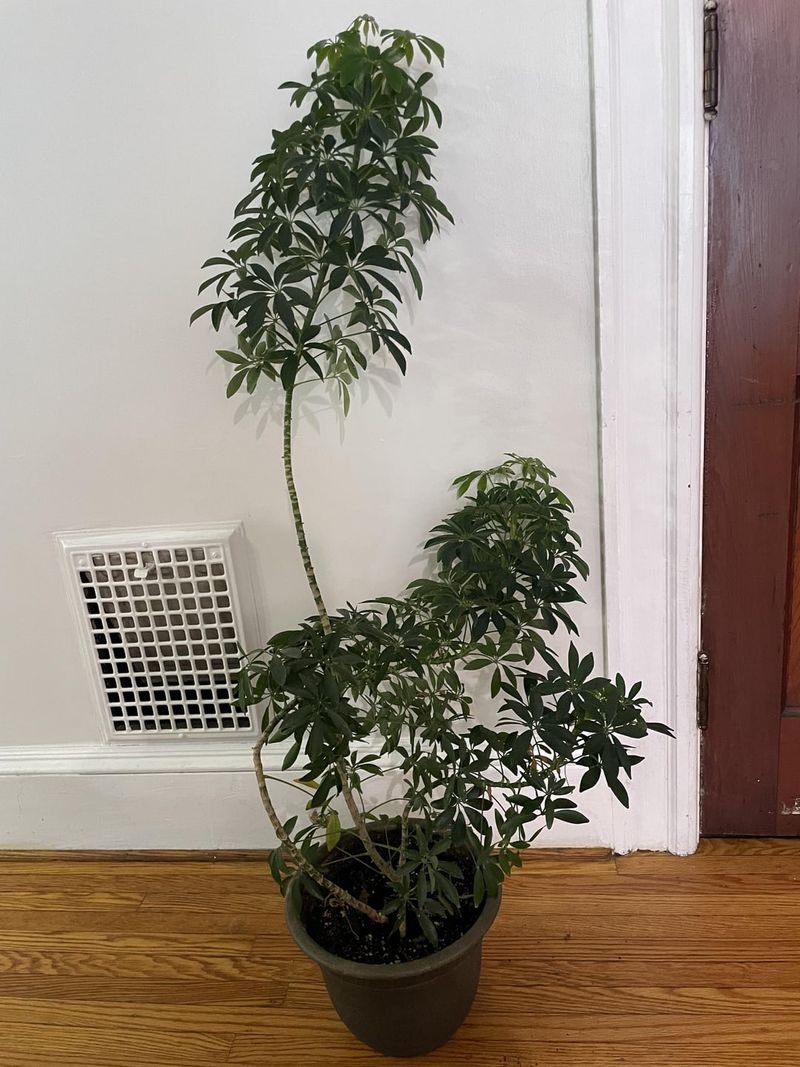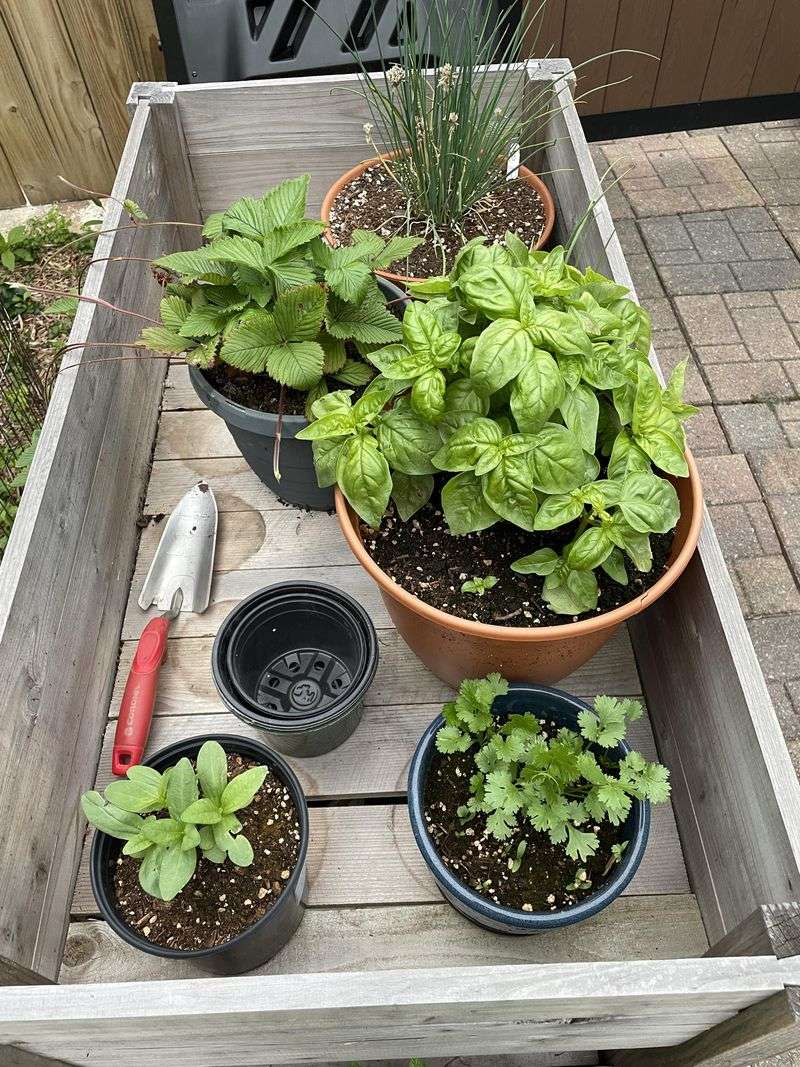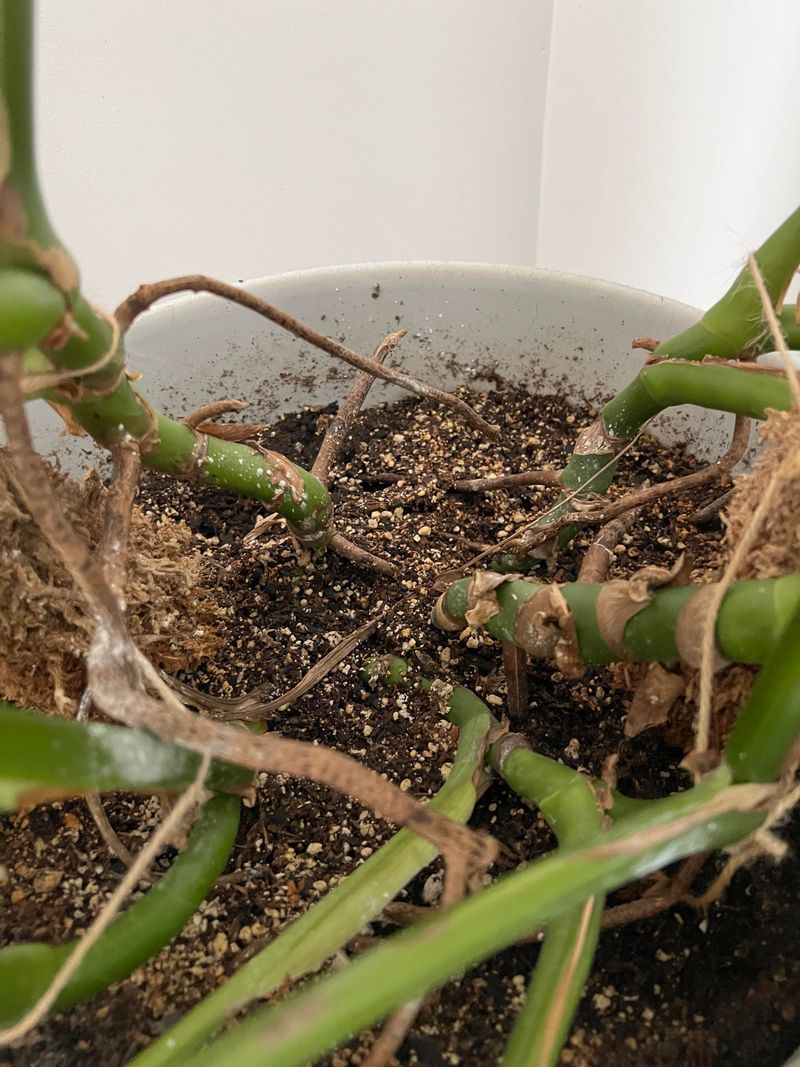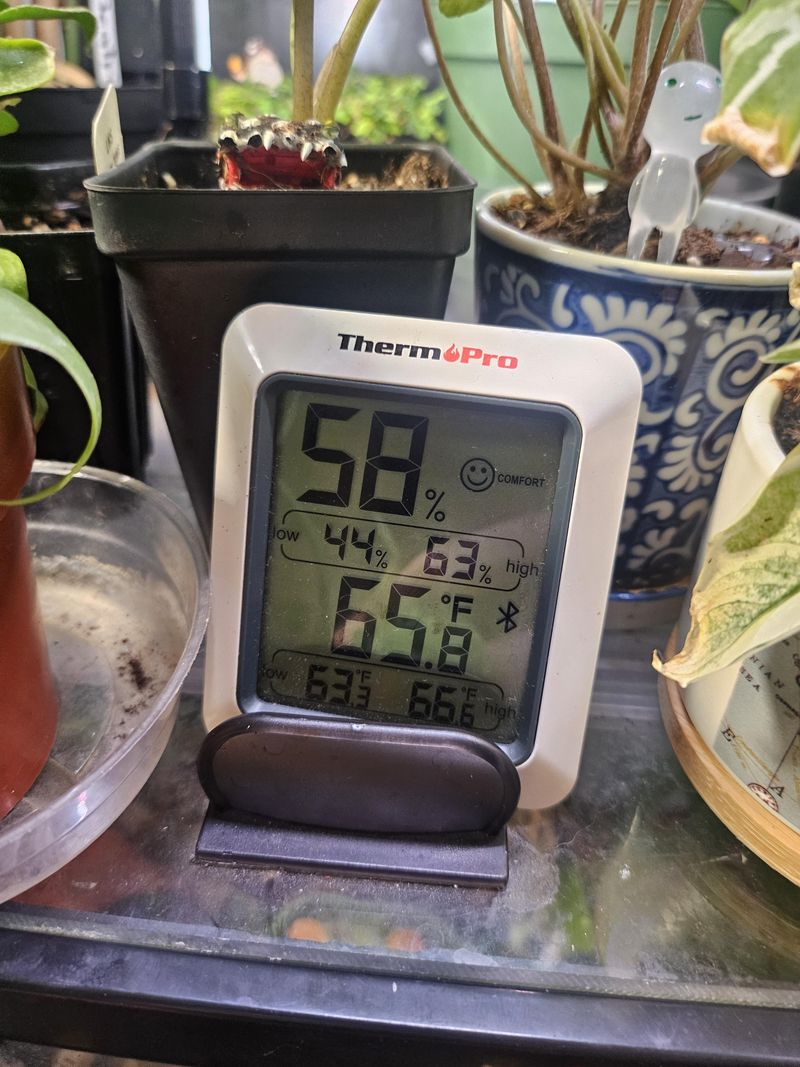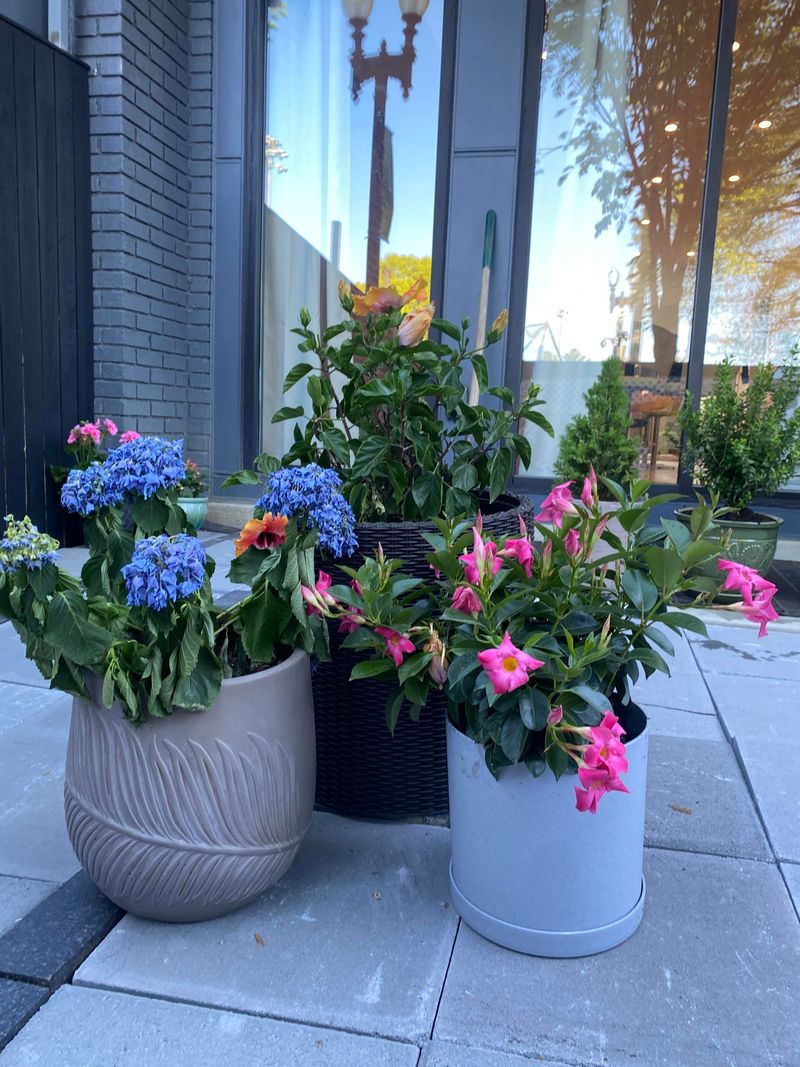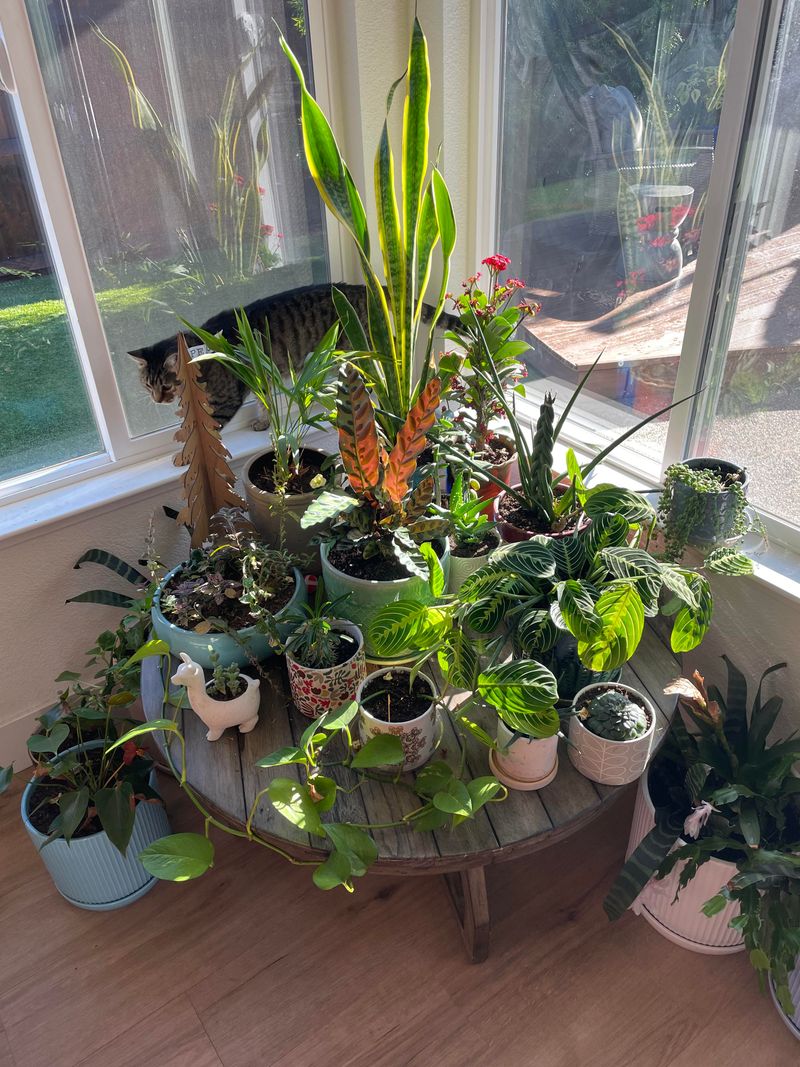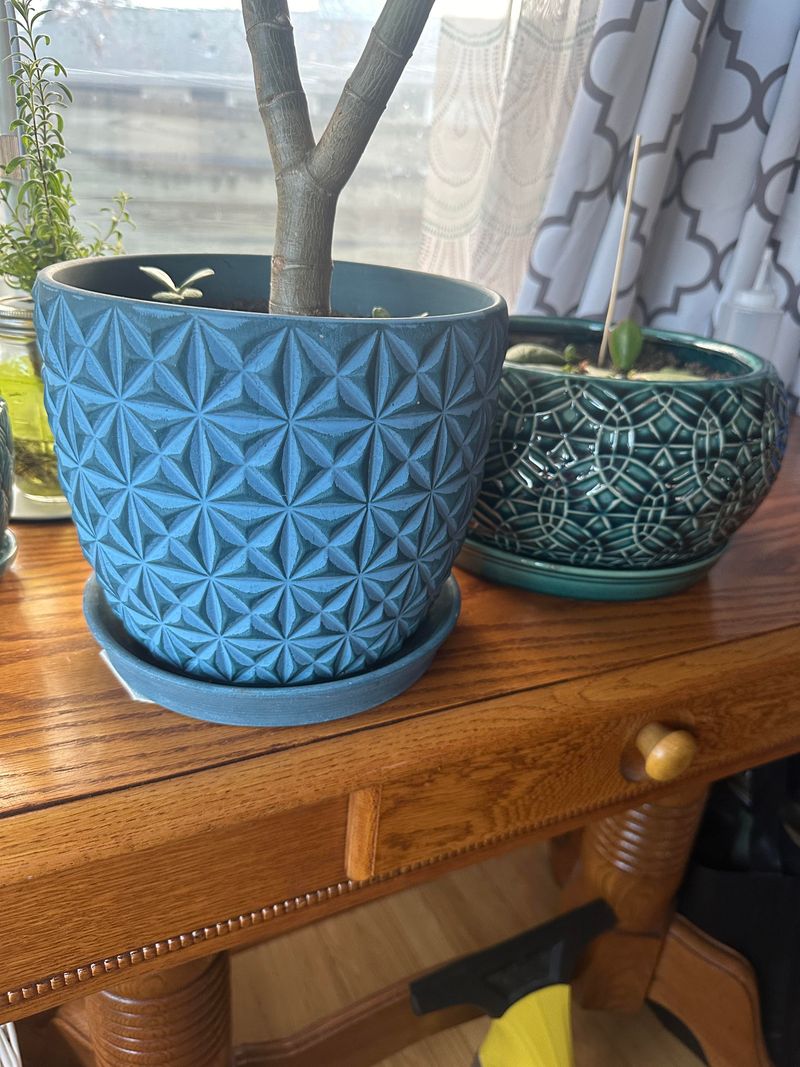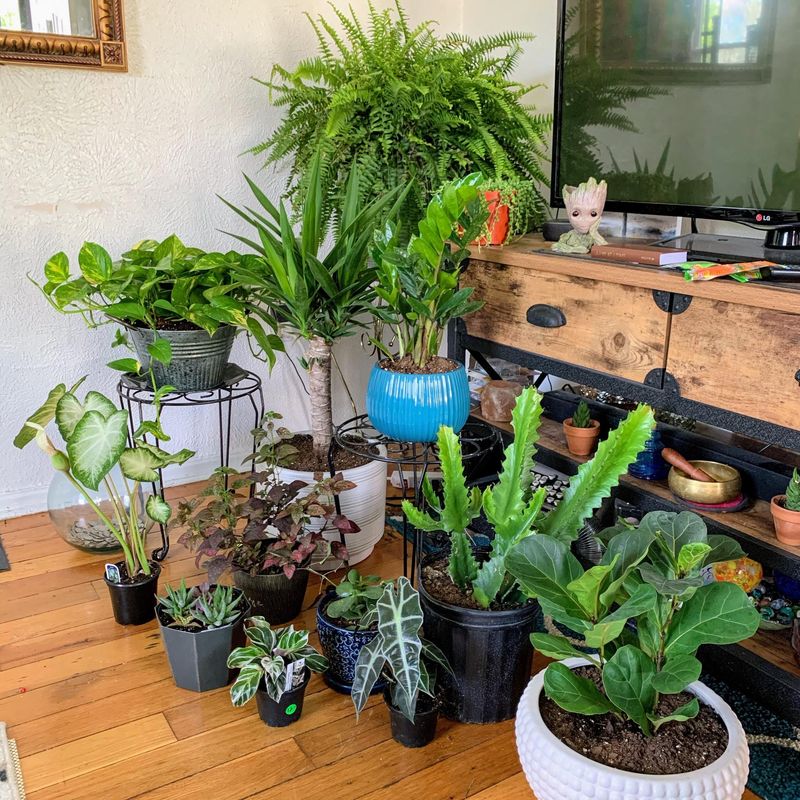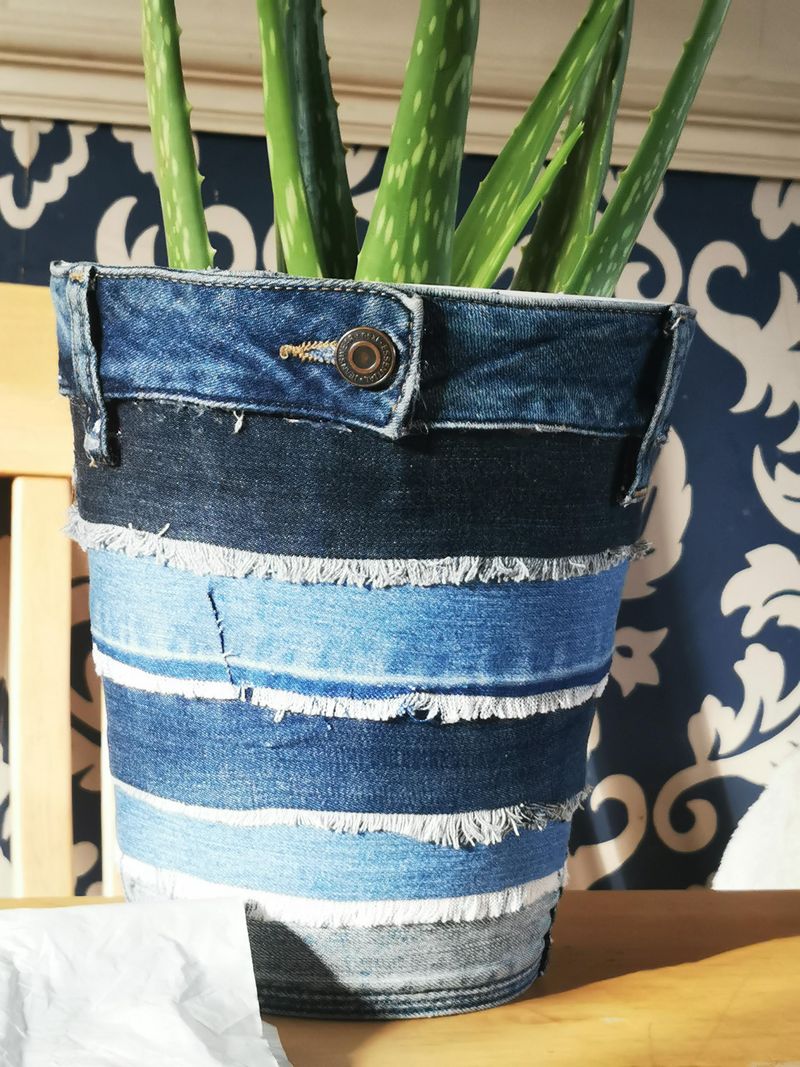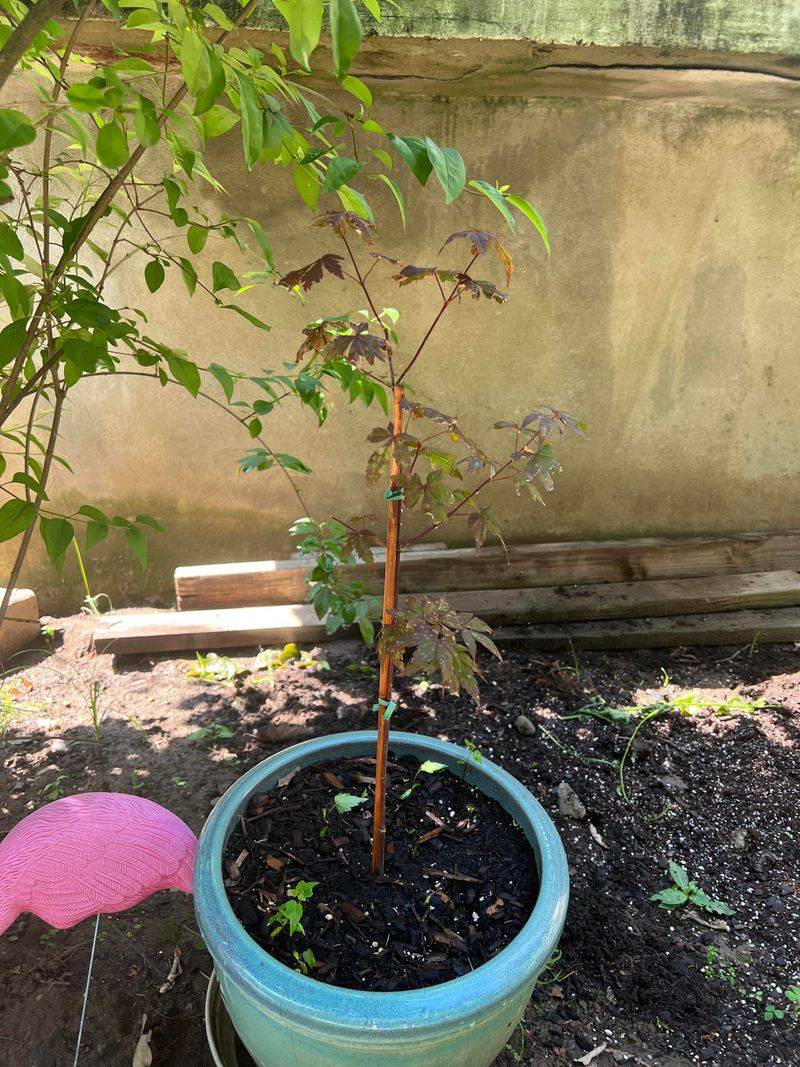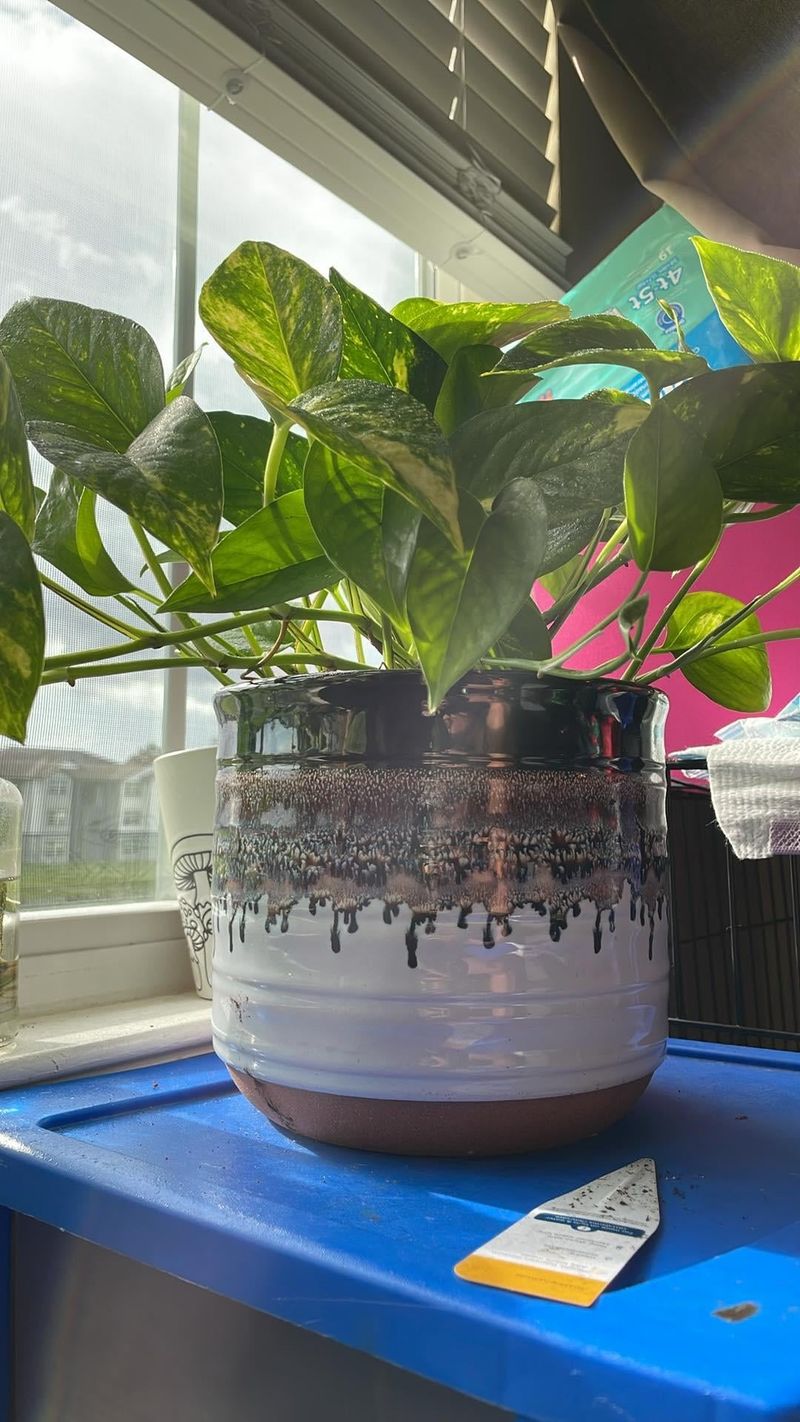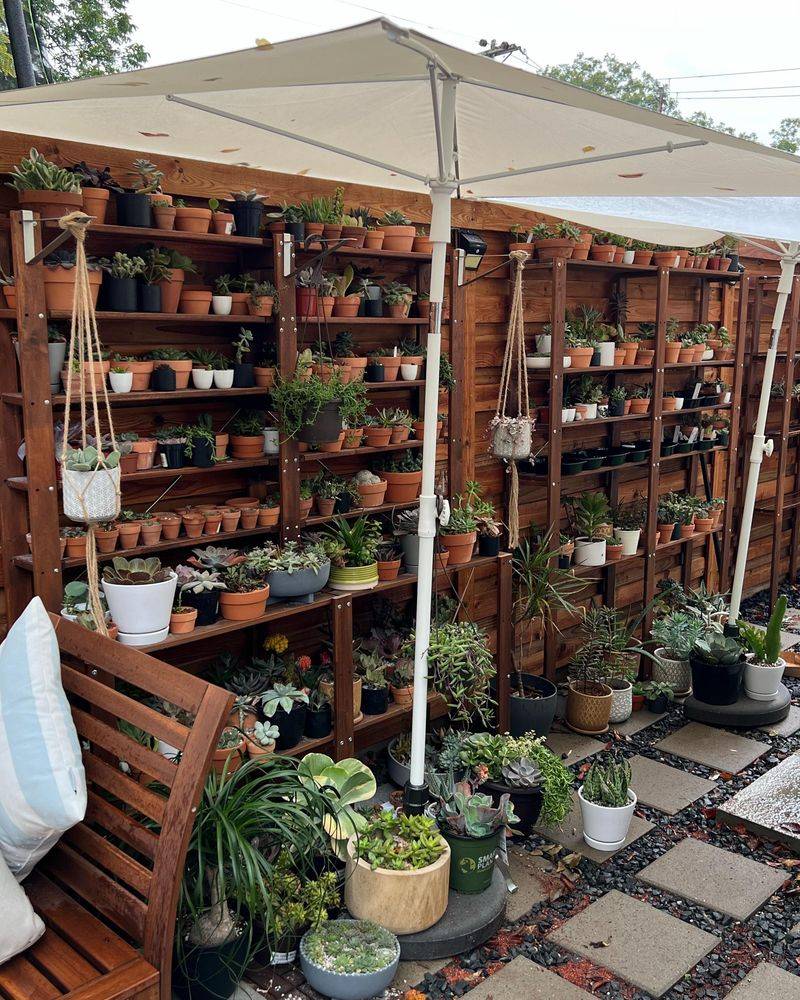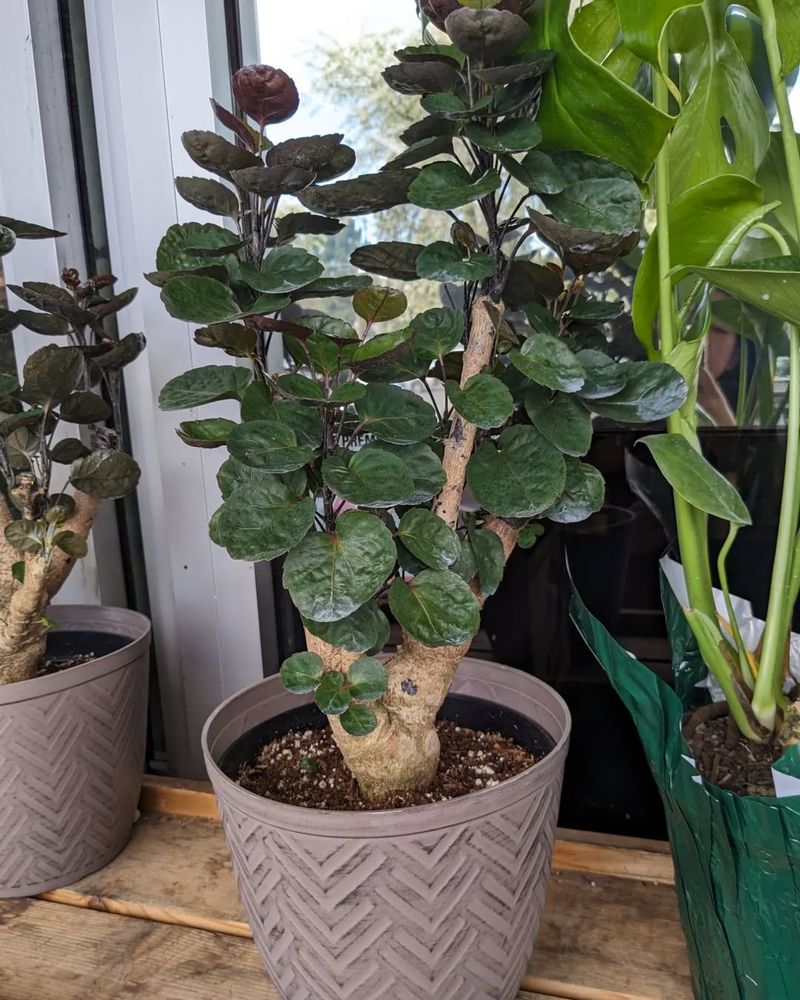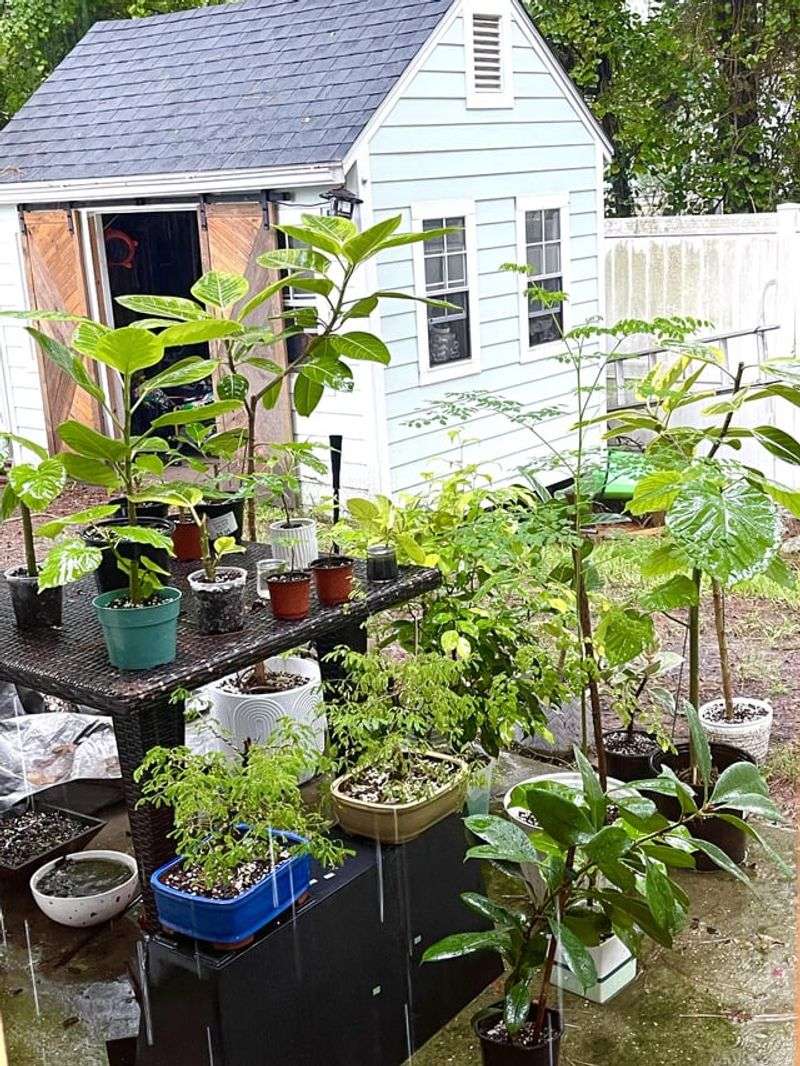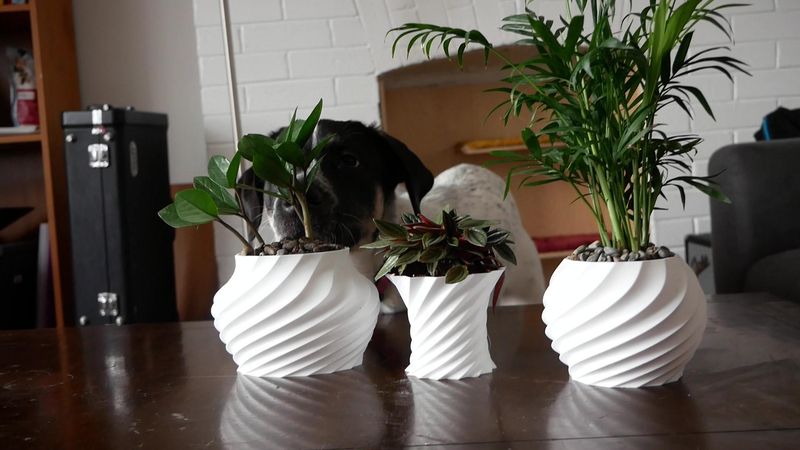If you’re looking to up your garden pot game, I’ve got you covered with some super easy and quick tips! These simple tricks will make planting in pots feel like a breeze, whether you’re a newbie or a seasoned pro.
From choosing the right potting mix to adding a few sneaky tricks, you’ll be amazed at how much easier and more fun it gets. And hey, I’ll even throw in a couple of bonus ideas you’ll want to try – trust me, they’re game-changers.
Let’s get your garden pots looking their absolute best!
1. Choose the Right Pot Size
Not all pots are created equal, and size truly matters. When selecting a pot, consider the plant’s growth needs and root system. The right size allows for proper growth and root expansion, preventing overcrowding.
A cramped plant can lead to poor health and limited growth. Ensure there’s enough room for your plant to thrive by choosing a pot that’s slightly bigger than its current size.
2. Consider Drainage Holes
Drainage holes are like a plant’s safety valve. Without them, water can pool at the bottom, leading to root rot—a dreaded condition for any gardener. Always opt for pots with drainage holes, or drill some yourself if necessary.
This simple step ensures excess water can escape, keeping your plant’s roots healthy and free from waterlogging.
3. Use Quality Potting Mix
Quality potting mix is the foundation of a healthy plant. Unlike garden soil, potting mix is specifically designed to provide the right balance of nutrients, drainage, and aeration needed for potted plants.
Investing in a good mix can make a significant difference in plant health. Avoid using garden soil in pots, as it can compact and limit root growth.
4. Mind the Sunlight Needs
Plants have unique sunlight needs, and understanding them is key to thriving pots. Some plants bask in full sun, while others prefer dappled shade.
Position your pots according to the sunlight requirements of each plant. Observe how sunlight changes throughout the day and adjust as needed to provide optimal light conditions.
5. Water Wisely
Watering is an art, not a science. Overwatering is a common mistake that can drown your plants. Instead, water thoughtfully—allow the top inch of soil to dry out between waterings.
This mimics natural rainfall patterns and prevents root rot. Pay attention to your plant’s specific water needs and adjust your routine accordingly.
6. Select the Right Plant
Not every plant is suited for pot life. Consider the plant’s size, growth rate, and root system when choosing potted plants. Some plants, like succulents, thrive in pots, while others may require more space.
Research your plant’s needs to ensure a successful potted garden. Select varieties that complement each other for a cohesive look.
7. Add Mulch
Mulch is more than just a pretty topping—it’s a gardener’s secret weapon. Adding mulch to your pots helps retain moisture, suppress weeds, and regulate soil temperature.
Choose organic mulch for added nutrients. It’s a simple step that offers big benefits, keeping your potted plants healthy and thriving with minimal effort.
8. Rotate Your Pots
Just like sunbathers at the beach, plants need even sun exposure. Rotating your pots regularly ensures all sides receive adequate light.
This prevents lopsided growth and encourages a balanced, bushy plant. It’s a small task that can make a big difference, promoting uniformity and health in your potted garden.
9. Fertilize Regularly
Fertilizer is the secret sauce for thriving pots. Regular feeding provides essential nutrients that aren’t always available in potting mix.
Choose a balanced fertilizer and follow the recommended schedule for each plant type. This nourishing practice supports robust growth and vibrant blooms, ensuring your pots look their best year-round.
10. Check for Pests
Pests are unwelcome guests in any garden. Regularly inspect your pots for signs of infestation, such as discolored leaves or visible bugs.
Early detection is key to preventing damage. Use natural remedies or appropriate treatments to tackle pests swiftly. This vigilance helps maintain the health and beauty of your potted plants.
11. Prune for Health
Pruning is akin to giving your plant a fresh haircut. It encourages new growth and removes dead or diseased parts.
Regular pruning keeps your plants looking neat and helps prevent disease spread. Use clean, sharp tools to make precise cuts, ensuring your plants stay healthy and robust in their pots.
12. Consider Pot Material
Material matters when it comes to pots. Each type offers different benefits—terracotta allows for breathability, while plastic retains moisture.
Consider the climate and plant needs when selecting pot materials. This thoughtful choice affects water retention and temperature regulation, crucial for plant health.
13. Repot When Needed
Repotting isn’t just a chore—it’s vital for plant health. As plants grow, their roots need more space. Signs such as roots poking through drainage holes indicate it’s time to repot.
Choose a slightly larger pot and refresh the soil. This process supports continued growth and vitality, ensuring your plants thrive.
14. Mind the Temperature
Temperature can make or break your potted plants. Extremes in heat or cold can stress your plants, impacting growth and health.
Monitor weather conditions and adjust your pots’ location as needed. This proactive approach helps maintain optimal growing conditions, safeguarding your plants from temperature-induced stress.
15. Group Plants with Similar Needs
Grouping plants with similar needs simplifies care. Arrange your pots based on sunlight, water, and nutrient requirements.
This strategy ensures each plant receives consistent care, making your gardening routine more efficient. Plus, it creates a visually harmonious space, where plants complement rather than compete with each other.
16. Use Pot Feet or Risers
Pot feet or risers are unsung heroes of plant care. They lift pots off the ground, improving drainage and air circulation. This prevents waterlogging and promotes healthy root systems.
Simple yet effective, these accessories can enhance your plant’s overall health and longevity, making them a valuable addition to your gardening toolkit.
17. Experiment with Plant Combinations
Mixing plants in a single pot is like creating a living masterpiece. Choose complementary species to add visual interest and diversity.
Consider factors such as color, texture, and growth habits. This creative endeavor not only beautifies your space but also maximizes plant health by pairing compatible species.
18. Incorporate Vertical Elements
Vertical gardening is a space-saving marvel. Use shelves, trellises, or hangers to elevate your potted plants. This approach maximizes limited space while adding depth and dimension to your garden.
It’s perfect for small areas, allowing you to grow more varieties and create a lush, layered look.
19. Use Decorative Pots
Decorative pots are an easy way to infuse personality into your garden. Choose pots with unique colors, patterns, or textures to complement your plants.
This artistic touch elevates the visual appeal of your space, making it a reflection of your style. Plus, beautiful pots can make even the simplest plants look stunning.
20. Monitor Soil Moisture
Keeping tabs on soil moisture is crucial for plant health. Use a moisture meter or simply feel the soil to ensure it’s not too dry or overly wet.
This practice helps you water accurately, preventing both dehydration and overwatering. Consistent monitoring supports balanced moisture levels, essential for vibrant, thriving plants.
21. Add a Personal Touch
Personalizing your pots adds a unique flair to your garden. Paint, embellish, or label your pots to reflect your personality or family traditions.
This creative expression turns ordinary pots into cherished garden features. It’s a fun and rewarding way to make your garden truly yours, adding sentimental value to your planting efforts.
22. Utilize Slow-Release Fertilizers
Slow-release fertilizers are a gardener’s ally. They provide a steady supply of nutrients over time, reducing the need for frequent feeding.
Simply sprinkle the pellets on the soil surface and water as usual. This convenience ensures your plants receive consistent nourishment, promoting sustained growth and vigor.
23. Embrace Seasonal Changes
Seasonal shifts bring opportunities for garden refreshment. Embrace these changes by rotating your pots, introducing seasonal plants, or adjusting care routines.
This adaptive approach keeps your garden lively and responsive to nature’s rhythms. Plus, it allows you to experiment with new plants and styles, keeping your space dynamic and engaging.
24. Protect Against Wind
Wind can be a plant’s fierce adversary. Protect your potted plants by positioning them in sheltered areas or using windbreaks. Anchoring taller plants with stakes adds stability.
This proactive defense shields your plants from potential damage, ensuring they stand tall and healthy even in gusty conditions.
25. Incorporate Scented Plants
Scented plants are a feast for the senses, adding aroma to your garden. Include species like lavender or rosemary for a fragrant touch.
These plants not only beautify your space but also create a calming atmosphere. Enjoy the delightful scents while relaxing in your garden, making it a sensory haven.
26. Recycle and Repurpose
Upcycling is a creative way to enhance your garden. Use old containers or household items as unique pots. This eco-friendly practice reduces waste and adds character to your space.
Let your imagination run wild, transforming the ordinary into extraordinary garden features that tell a story and showcase your creativity.
27. Create a Watering Schedule
Consistency is key in watering. Establish a schedule to ensure each plant is adequately hydrated. Tailor it to the specific needs of your plants, considering factors like sunlight and season.
This organized approach prevents over or under-watering, promoting optimal health. A well-planned schedule keeps your garden thriving with minimal stress.
28. Mulch with Decorative Stones
Decorative stones offer both style and function as mulch. They retain moisture, prevent weed growth, and add a polished look to your pots.
Choose stones that complement your garden’s color scheme for a cohesive appearance. This dual-purpose solution enhances plant health while elevating your garden’s aesthetic appeal.
29. Be Mindful of Pot Weight
Pot weight can impact your garden’s layout and mobility. Heavy pots may be challenging to move, limiting design flexibility. Consider lightweight materials for easy rearrangement.
This foresight allows you to adapt your garden layout with ease, accommodating seasonal changes or new design inspirations without strain.

